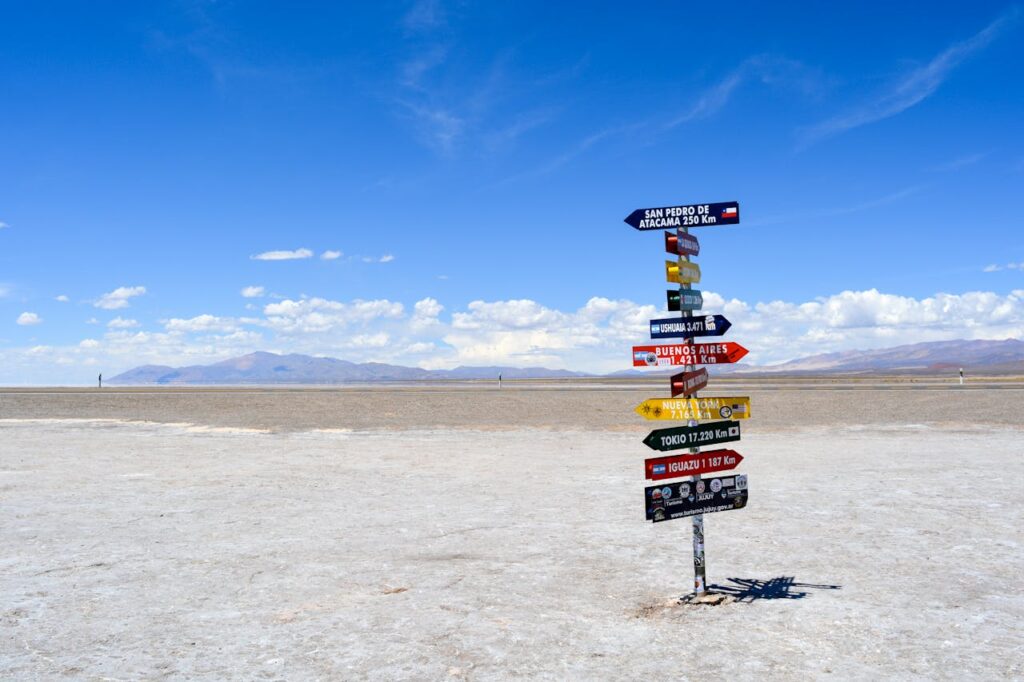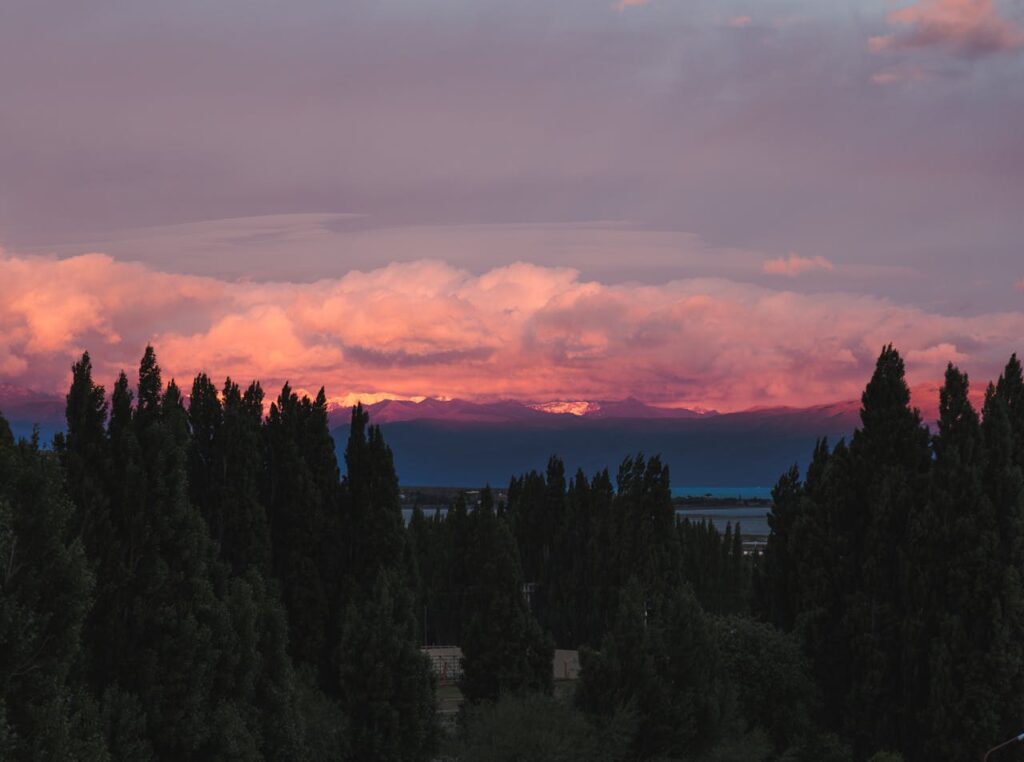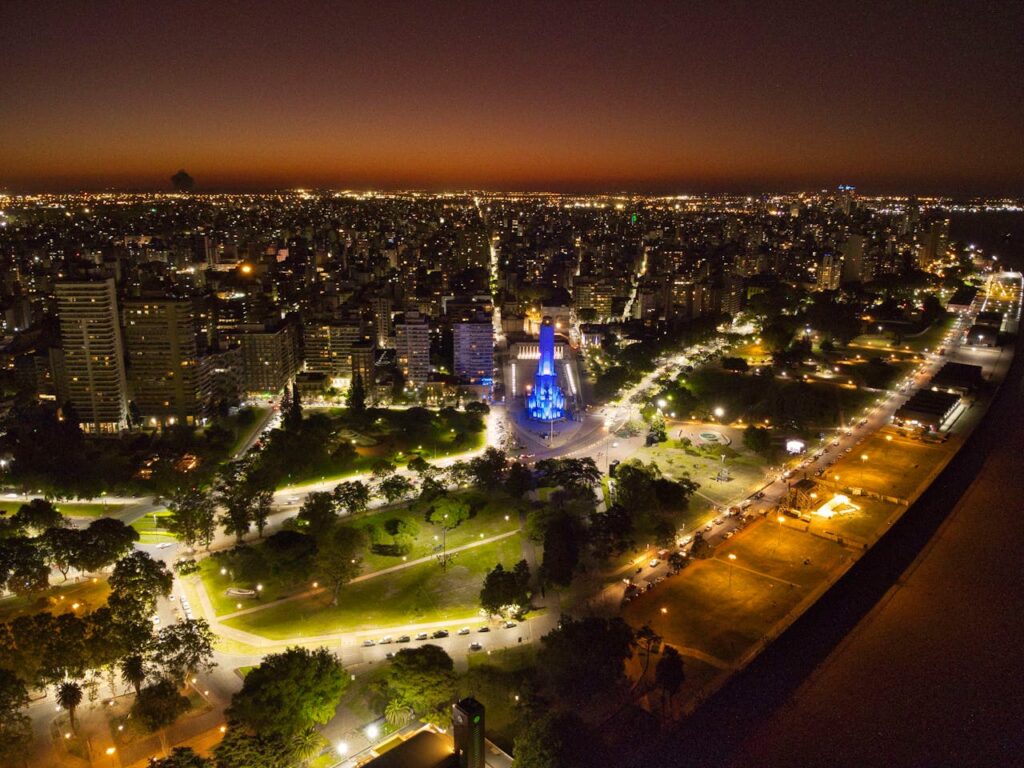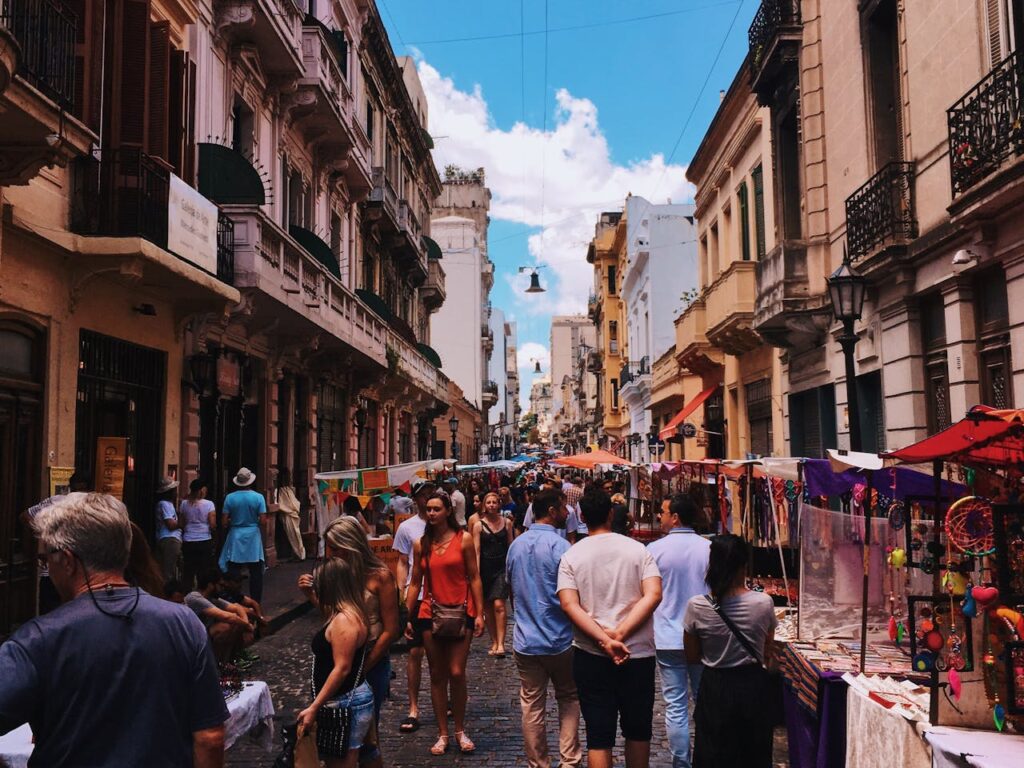Buenos Aires, the capital of Argentina, is a vibrant and cosmopolitan city known for its rich cultural heritage, lively neighborhoods, and dynamic arts scene. Often called the “Paris of South America,” Buenos Aires offers a unique blend of European elegance and Latin American passion. The city is renowned for its tango music and dance, historic architecture, and world-class cuisine. Here are some of the best places to visit in Buenos Aires:
Things to do in Buenos Aires
1. Plaza de Mayo

Plaza de Mayo is the political and historical heart of Buenos Aires. This iconic square is surrounded by significant landmarks, including the Casa Rosada (Presidential Palace), the Metropolitan Cathedral, and the Cabildo (Colonial Town Hall). The plaza has been the site of many important events in Argentine history, including political demonstrations and celebrations. Visitors can explore the square, visit the historic buildings, and learn about the city’s history.
- Key Attractions: Casa Rosada, Metropolitan Cathedral.
- Activities: Historical exploration, sightseeing.
- Location: Central Buenos Aires.
2. La Boca

La Boca is one of Buenos Aires’ most colorful and vibrant neighborhoods, known for its brightly painted houses, tango music, and lively street art. The neighborhood is home to the famous Caminito Street, an open-air museum and pedestrian walkway that showcases the area’s artistic heritage. La Boca is also home to La Bombonera, the stadium of the Boca Juniors football club. Visitors can enjoy the vibrant atmosphere, watch tango performances, and visit local art galleries and shops.
- Key Attractions: Caminito Street, La Bombonera.
- Activities: Art viewing, tango shows, shopping.
- Location: Southeast Buenos Aires.
3. Recoleta Cemetery

Recoleta Cemetery is a stunning cemetery and one of the most famous landmarks in Buenos Aires. Known for its elaborate mausoleums and sculptures, the cemetery is the final resting place of many notable Argentine figures, including Eva Perón (Evita). The cemetery’s impressive architecture and serene atmosphere make it a popular destination for both locals and tourists. Visitors can wander through the maze of tombs, learn about Argentina’s history, and admire the intricate details of the monuments.
- Key Attractions: Mausoleums, sculptures.
- Activities: Historical exploration, photography.
- Location: Recoleta neighborhood.
4. Teatro Colón

Teatro Colón is one of the world’s most renowned opera houses, celebrated for its exceptional acoustics and stunning architecture. The theater hosts a variety of performances, including opera, ballet, and classical music concerts. Visitors can take guided tours of the theater to learn about its history, architecture, and notable performances. The theater’s opulent interior, with its grand chandeliers, red velvet seating, and intricate details, makes it a must-visit cultural landmark in Buenos Aires.
- Key Attractions: Opera house, architectural beauty.
- Activities: Theater tours, attending performances.
- Location: Downtown Buenos Aires.
5. Puerto Madero

Puerto Madero is a modern and upscale neighborhood known for its sleek skyscrapers, waterfront promenades, and fine dining options. The area has been revitalized and transformed into a trendy district with luxury hotels, restaurants, bars, and cultural attractions. One of the highlights of Puerto Madero is the Puente de la Mujer (Women’s Bridge), a striking pedestrian bridge designed by architect Santiago Calatrava. Visitors can stroll along the waterfront, dine at gourmet restaurants, and enjoy the vibrant nightlife.
- Key Attractions: Puente de la Mujer, waterfront views.
- Activities: Dining, shopping, nightlife.
- Location: East Buenos Aires.
Summary Table
| Place | Description | Key Attraction | Distance from City Center |
|---|---|---|---|
| Plaza de Mayo | Historical and political heart of Buenos Aires | Casa Rosada, Metropolitan Cathedral | Central Buenos Aires |
| La Boca | Colorful neighborhood with vibrant street art | Caminito Street, La Bombonera | Southeast Buenos Aires |
| Recoleta Cemetery | Famous cemetery with elaborate mausoleums | Eva Perón’s tomb, sculptures | Recoleta neighborhood |
| Teatro Colón | World-renowned opera house | Opera house tours, performances | Downtown Buenos Aires |
| Puerto Madero | Modern waterfront district | Puente de la Mujer, dining options | East Buenos Aires |
How to Reach Buenos Aires
By Plane
Buenos Aires is served by two main airports: Ministro Pistarini International Airport (Ezeiza) (EZE) and Aeroparque Jorge Newbery (AEP). Ezeiza Airport is the main international airport, located about 35 kilometers (22 miles) from the city center. Aeroparque handles domestic and regional flights and is closer to the city center, about 8 kilometers (5 miles) away. From either airport, visitors can take taxis, shuttles, or public transportation to reach the city.
By Bus
Buenos Aires’ main bus terminal, Terminal de Ómnibus de Retiro, provides regular services to and from other major cities in Argentina and neighboring countries. The terminal is well-connected and offers a convenient way to travel to Buenos Aires.
By Car
Buenos Aires can be reached by car via major highways from other parts of Argentina. The city is connected to the rest of the country by an extensive network of roads, making it accessible by car or bus.
Best Time to Visit Buenos Aires
The best time to visit Buenos Aires is during the spring (September to November) and fall (March to May), when the weather is mild and pleasant. These seasons offer comfortable temperatures for exploring the city’s outdoor attractions and enjoying its cultural events. The summer months (December to February) can be hot and humid, but they are also a lively time with numerous festivals and activities. Winter (June to August) is cooler, with mild temperatures and fewer tourists, making it a good time for a more relaxed visit.
Travel Tips
- Local Cuisine: Buenos Aires is renowned for its culinary scene, offering a variety of traditional Argentine dishes, including asado (barbecue), empanadas, and milanesas. The city is also famous for its Italian influence, with numerous pizzerias and pasta restaurants. Don’t miss the opportunity to try local treats such as medialunas (croissants) and alfajores (dulce de leche cookies).
- Cultural Insights: Buenos Aires has a rich cultural heritage, with a strong emphasis on music, dance, and theater. The city is the birthplace of tango, and visitors can experience this passionate dance at local milongas (dance halls) and tango shows. The city’s diverse neighborhoods, such as San Telmo and Palermo, offer unique cultural experiences and architectural styles.
- Safety Tips: While Buenos Aires is generally safe for tourists, it’s important to take standard precautions. Keep valuables secure, avoid displaying large amounts of cash, and be cautious in crowded areas. Use reputable transportation services and stay informed about local conditions.
Itinerary Suggestions
One-Day Trip
- Morning: Start your day at Plaza de Mayo, exploring the historic square and its surrounding landmarks, including the Casa Rosada and the Metropolitan Cathedral. Walk to the nearby Teatro Colón for a guided tour of the iconic opera house.
- Afternoon: Head to the Recoleta neighborhood to visit the famous Recoleta Cemetery. Wander through the elaborate mausoleums and pay respects at the tomb of Eva Perón. Enjoy lunch at a nearby cafe and explore the local shops and galleries.
- Evening: Conclude your day in the trendy Puerto Madero district, where you can dine at a waterfront restaurant and take a stroll along the promenade. Admire the Puente de la Mujer and experience the lively nightlife.
Weekend Getaway
- Day 1: Explore the historical and cultural attractions of central Buenos Aires, including Plaza de Mayo, Teatro Colón, and the Recoleta Cemetery. In the evening, enjoy a tango show or visit a milonga to experience the city’s vibrant dance culture.
- Day 2: Visit the colorful La Boca neighborhood, exploring Caminito Street and the local art galleries. Have lunch at a traditional parrilla and take a tour of La Bombonera stadium. In the afternoon, explore the leafy Palermo neighborhood, known for its parks, boutiques, and cafes. End your day with dinner in Palermo Soho, a trendy area known for its vibrant dining scene.
Buenos Aires’ blend of historic charm, cultural richness, and modern energy makes it a must-visit destination in Argentina. Whether you’re exploring its iconic landmarks, enjoying its world-class cuisine, or dancing the tango, Buenos Aires offers an unforgettable experience for all types of travelers.





